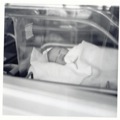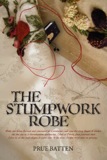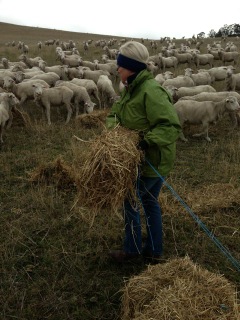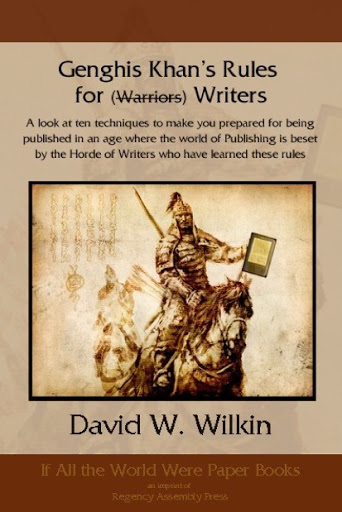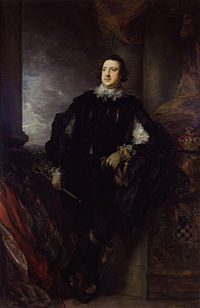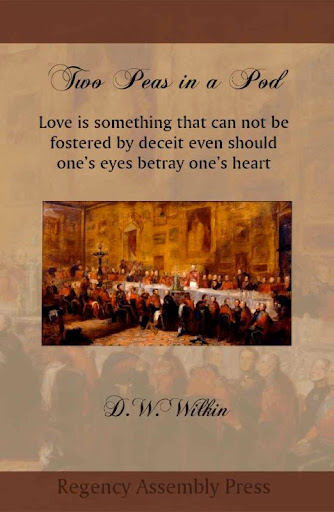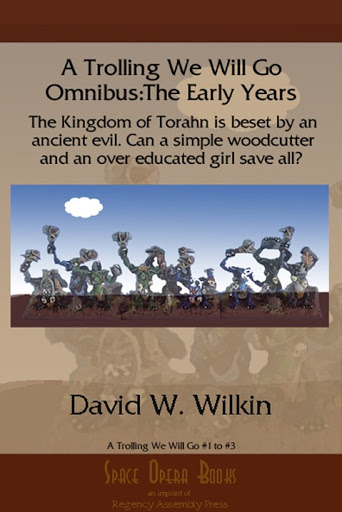Regency Personalities Series
In my attempts to provide us with the details of the Regency, today I continue with one of the many period notables.
Gerard Lake
27 July 1744 – 20 February 1808
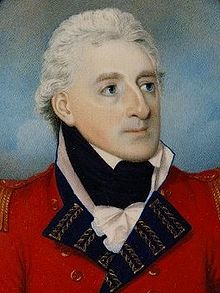
Gerard Lake
Lake entered the foot guards in 1758, becoming lieutenant in 1762, captain in 1776, major in 1784, and lieutenant colonel in 1792, by which time he was a general officer in the army. He served with his regiment in Germany between 1760 and 1762, and with a composite battalion in the Battle of Yorktown of 1781. After this he was equerry to the Prince of Wales, afterwards George IV.
In 1790, he became a major-general, and in 1793 was appointed to command the Guards Brigade in the Duke of York’s army in Flanders during the French Revolutionary Wars. He was in command at the successful Battle of Lincelles on 18 August 1793, and served on the continent (except for a short time when seriously ill) until April 1794. He later sold his lieutenant-colonelcy in the guards, and became colonel of the 53rd Regiment of Foot and governor of Limerick in Ireland. In 1797 he was promoted lieutenant-general.
In 1798, the Irish Rebellion broke out. Lake, who was then serving in Ireland, succeeded Sir Ralph Abercromby in command of the troops in April 1798. He issued a proclamation ordering the surrender of all arms by the civil population of Ulster which effectively disarmed and crippled United Irish organisation and became known as the “dragooning of Ulster“.
In May of that year Lake commanded troops in County Kildare, and, after the failed rebel attack on Naas on 24 May, he assisted General Ralph Dundas in ensuring the rebel surrender on humane terms after the Battle of Kilcullen. Another rebel force on the nearby Curragh were also persuaded to surrender, but while this was being arranged by Lake the rebels were mistakenly attacked by separate British forces coming from the opposite direction, resulting in the Gibbet Rath massacre on 29 May. As a result central Kildare remained quiet for the rest of 1798.
Lake then took overall command of a force of some 20,000 troops to crush the Wexford rebels and defeated the main rebel army at Vinegar Hill (near Enniscorthy, County Wexford) on 21 June. His policy of brutality towards rebels found in arms brought him into conflict with Lord Cornwallis who was appointed Lord Lieutenant of Ireland in June 1798 and instituted an amnesty act to encourage rebels to lay down their arms.
In August, Cornwallis sent Lake to oppose a French expedition of 1,000 troops which had landed at Killala Bay, County Mayo on 23 August. On 29 August, Lake arrived at Castlebar with a force of 6,000 troops, and witnessed the rout of his troops under General Hely-Hutchinson (afterwards 2nd Earl of Donoughmore) at the Battle of Castlebar. He eventually retrieved this disaster by defeating the French at the Battle of Ballinamuck on 8 September.
In 1799, Lake returned to England, and soon afterwards travelled to British India where he was appointed Commander-in-Chief. He took up his duties at Calcutta in July 1801, and applied himself to the improvement of the East India Company army, especially in the direction of making all arms, infantry, cavalry and artillery, more mobile and more manageable. In 1802 he was made a full general.
On the outbreak the Second Anglo-Maratha War in 1803 General Lake took the field against Daulat Scindia, and within two months defeated the Marathas at Kol (now called Aligarh), after storming Aligarh Fort during the Battle of Ally Ghur (1 September 1803).
He then took Delhi and Agra, and won a victory at the Battle of Laswari (1 November 1803), where the power of Scindia was completely broken with the loss of 31 disciplined battalions, trained and officered by Frenchmen, and 426 pieces of ordnance. This defeat, followed a few days later by Major-General Arthur Wellesley’s victory at the Battle of Argaon, compelled Scindia to come to terms, and a treaty was signed in December 1803.
Operations continued against Yashwantrao Holkar, who, on 17 November 1804, was defeated by Lake at the Battle of Farrukhabad. However, Lake was frustrated by Jats and Yashwantrao Holker at Bharatpur which held out against five assaults early in 1805.
Cornwallis succeeded Lord Wellesley as Governor-General of India in July of that year – superseding Lake at the same time as commander-in-chief – and determined to put an end to the war. Cornwallis, however, died in October of the same year and Lake pursued Holkar into the Punjabbut.
Lord Wellesley in a despatch attributed much of the success of the war to Lake’s matchless energy, ability and valour. For his services, Lake received the thanks of Parliament, and, in September 1804, was rewarded by being created Baron Lake of Delhi and Laswary and of Aston Clinton in the County of Buckingham. At the conclusion of the war he returned to England, and in 1807 he was created Viscount Lake of Delhi and Laswary and of Aston Clinton in the County of Buckingham.
Like many contemporaries, Lake pursued both a parliamentary and military career. He represented Aylesbury in the British House of Commons from 1790 to 1802, and he also was brought into the Irish House of Commons by the government as member for Armagh Borough in 1799 to vote for the Act of Union. He died in London on 20 February 1808.
